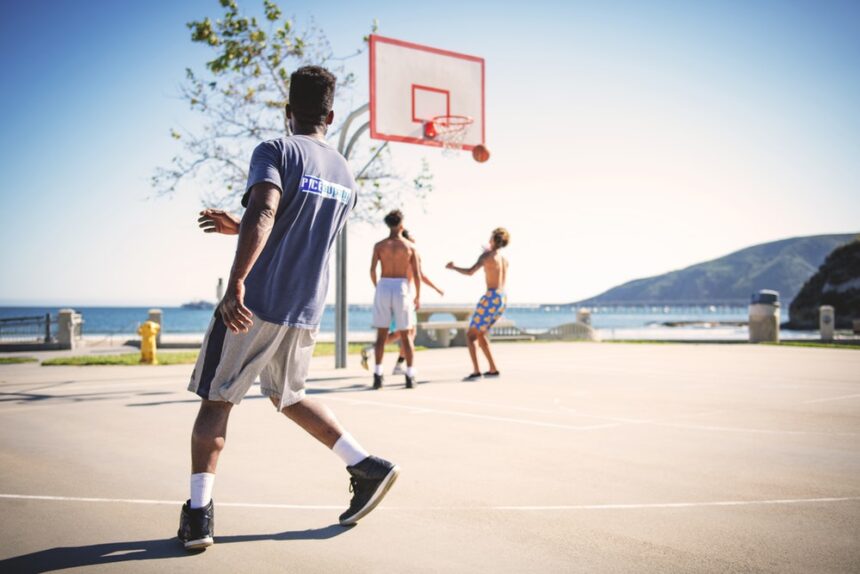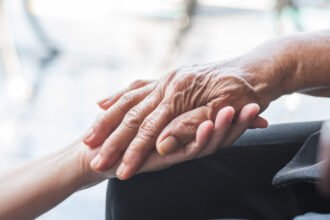Athletes, both amateur and professional, can take a real beating, landing them in the doctor’s office in search of relief. Unfortunately, this natural chain of events has left countless athletes dependent on opioids for pain management, and has even forced some to seek out illicit drugs. But when serious injuries are involved, is there really a safer option for athletes? Sports medicine professionals Athletic Edge Sports Medicine are actively exploring their options as healthcare providers across specialties seek to reduce opioid prescribing.
The State of The Field
Despite declining opioid prescriptions across many specialties, athletes continue to struggle with overprescribing. For example, the Secondary Student Life Survey revealed that male athletes were 86% more likely to be prescribed opioids than their non-athlete male peers. Furthermore, overtraining and early specialization means that overuse injuries are affecting younger and younger athletes. One young player, Roman Montano, could throw a 90 mph fastball in high school, but also developed a heroin addiction by graduation after being prescribed OxyContin for a foot injury. At higher levels, pro athletes have almost limitless access to opioids through team doctors – at least until recently – because coaches and managers were desperate to keep them on the field.
Advancing Alternatives
One factor that’s helping sports medicine specialists develop alternative pain management methods is a growing understanding of what causes pain. Drawing on a framework published by the International Olympic Committee (IOC), for example, more sports medicine doctors are recognizing the difference between nociceptive pain from inflammation, nociplastic pain from altered pain signaling, and neuropathic pain from nervous system injury, among others. These different categories of pain occur in different types of athletes and respond to varying types of treatment. Among athletes with soft tissue injuries such as tendonitis or muscle and ligament tears, one option that’s been gaining traction is stem cell treatment. Stem cell therapy activates natural repair mechanisms in the body to fight inflammation and speed up cell regeneration in injured tissues. Many athletes have used stem cell treatments to avoid therapy and get back in the game more quickly with fewer lingering symptoms. Another interesting alternative treatment popularized by physical therapists and sports medicine practitioners is cryotherapy, which uses extremely cold temperatures to reduce inflammation. Why does this work? The general idea behind the treatment is that cold temperatures drive enhanced blood flow to the muscles, reducing inflammation and improving healing, while also boosting lympthatic detoxification. It’s much like icing a sprained ankle, but on a much more extreme scale. Finally, sports medicine physicians – especially those directly affiliated with sports teams – should be more aggressive in recommending the use of TENS units for muscle injuries, regional nerve blocks, and topical treatments during training and injury treatment. Minimizing the introduction of opioids, particularly for those predisposed to addiction, is the first step towards long term pain relief.
Managing The Transition
In order to reduce opioid use among athletes, sports medicine practitioners must not only cut back on prescribing, but also help athletes who are currently using opioids make the transition to healthier treatment modalities. Many athletes have developed serious dependencies and even addictions to their drug of choice, using opioids long after they’re medically necessary, and may need rehabilitative support to safely change treatments. In addition to traditional supportive care under medical oversight, these athletes can benefit from holistic approaches like art therapy, group meetings, and even virtual reality therapy. Rehabilitation professionals and pain management experts alike also rely on tools like chiropractic care and acupuncture to reduce opioid dependency and treat pain. Since many athletes suffer musculoskeletal injuries that affect bodily alignment, chiropractic treatments and massage can both provide significant pain relief. And while the scientific basis of acupuncture remains unclear, studies have shown it’s effective in reducing many different types of pain. Regarding popular alternative treatments, both stem cell therapy and cryotherapy are designed to treat injuries before they progress to the point at which they require opioids – or the types of surgeries that frequently come with an opioid prescription. So whether it’s a torn meniscus in the knee, a rotator cuff tear, or overuse injuries in young athletes, the goal of new treatments is to provide the body with a “tune-up” before taking it apart entirely.
Speaking Out
As more professional athletes speak out about their experience with drug abuse and addiction, and as the opioid crisis continues to consume the media cycle, doctors and coaches are paying more attention to how we approach pain. Though pain may be normal for most athletes, opioid use shouldn’t be. Only doctors have the power to prevent opioid overuse before it starts.









